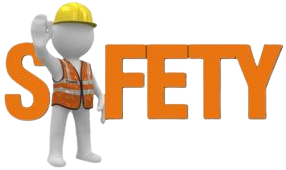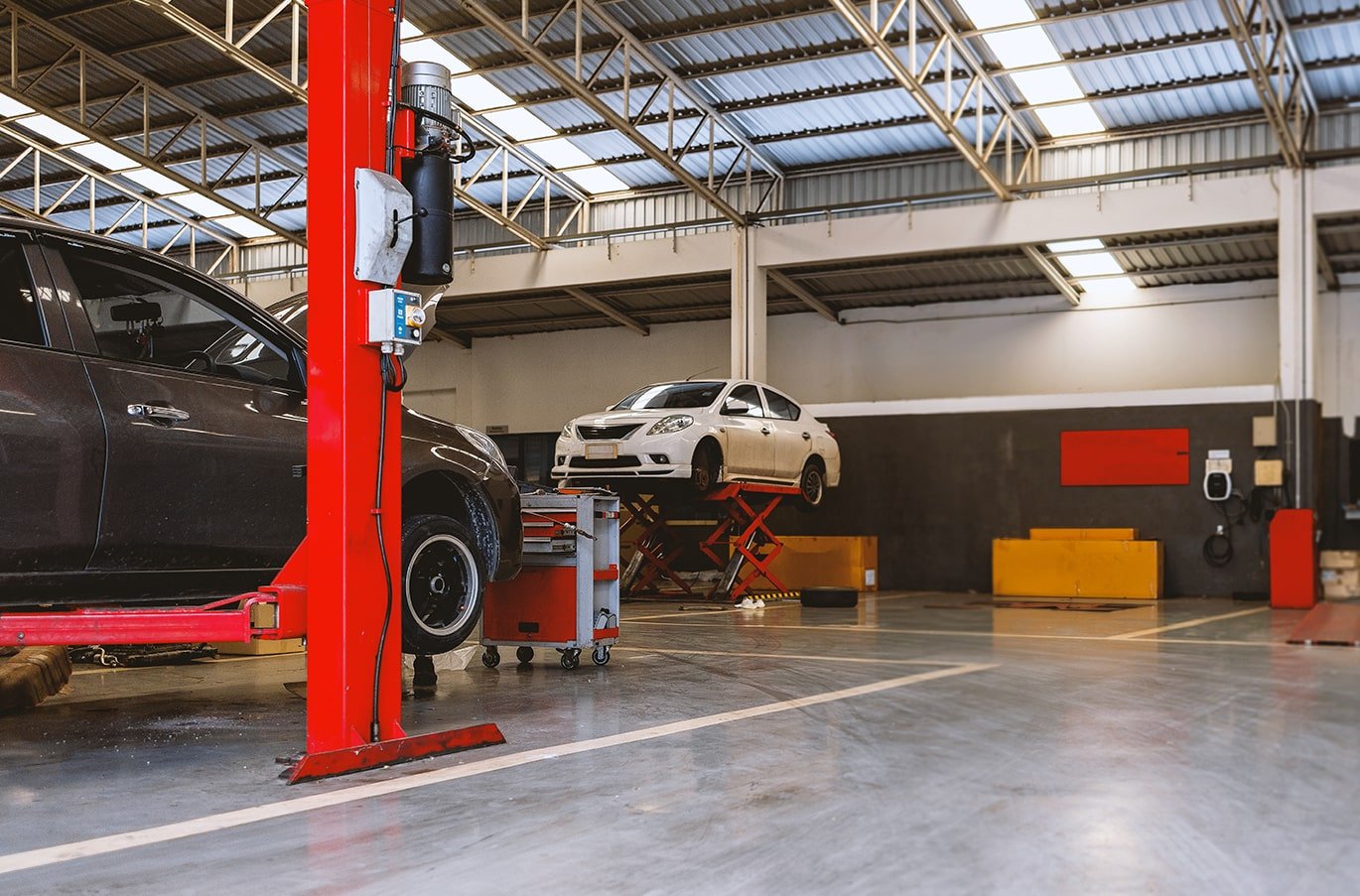1. Encourage a Safety-First Culture
- Tip from Dr. E. Scott Geller, a renowned safety consultant: “Safety should be a value, not a priority. Priorities can change, but values remain constant. Encourage employees to see safety as a personal responsibility, not just a company policy.”
- Build a culture where every employee feels accountable for their own safety and that of their coworkers. Leading by example and rewarding safe behavior can make safety a core workplace value.
2. Focus on Continuous Safety Training
- Tip from Bill Sims Jr., Safety Leadership Expert: “Safety training shouldn’t be a one-time event. Ongoing training helps reinforce important safety protocols and keeps employees up-to-date with the latest safety regulations.”
- Implement regular safety drills, toolbox talks, and refresher courses to ensure safety remains top of mind.
3. Use Risk Assessment and Hazard Identification
- Tip from OSHA (Occupational Safety and Health Administration): “Proactively identifying hazards and assessing risks can prevent injuries before they happen.”
- Conduct routine risk assessments, involve employees in hazard identification, and implement controls to eliminate or minimize risks.
4. Keep Communication Open and Transparent
- Tip from Kevin Burns, Safety Management Expert: “Safety isn’t about rules, it’s about relationships. When employees feel comfortable communicating about safety concerns, they’re more likely to prevent accidents.”
- Foster open lines of communication where employees can report safety concerns without fear of retaliation. Regular feedback and communication help keep everyone on the same page.
5. Simplify and Standardize Safety Protocols
- Tip from Todd Conklin, Human Performance Expert: “The simpler a safety procedure is, the easier it is to follow. Complexity can lead to mistakes.”
- Ensure safety protocols are easy to understand and execute. Break down complex procedures into simple steps and provide visual aids when possible.
6. Leverage Technology for Safety
- Tip from Scott Stricoff, Vice President of DEKRA: “Integrating technology such as wearables, AI, and sensors can provide real-time data to monitor hazards and prevent incidents.”
- Invest in affordable tech like apps or wearables to track safety data, monitor high-risk areas, or ensure compliance with safety measures in real time.
7. Focus on Ergonomics and Fatigue Management
- Tip from the National Safety Council (NSC): “Simple ergonomic adjustments can prevent long-term injuries. Ensuring breaks and reducing fatigue can also reduce accidents.”
- Provide ergonomic workstations, encourage stretching, and enforce regular breaks to reduce strain and fatigue, which can lead to errors.
8. Promote Leadership in Safety
- Tip from Andrew Sharman, President of IOSH: “Safety leadership comes from all levels, not just management. Encourage safety champions within your teams to lead by example.”
- Identify safety champions within teams who can promote safe behaviors and encourage their peers to do the same.


Leave a Reply